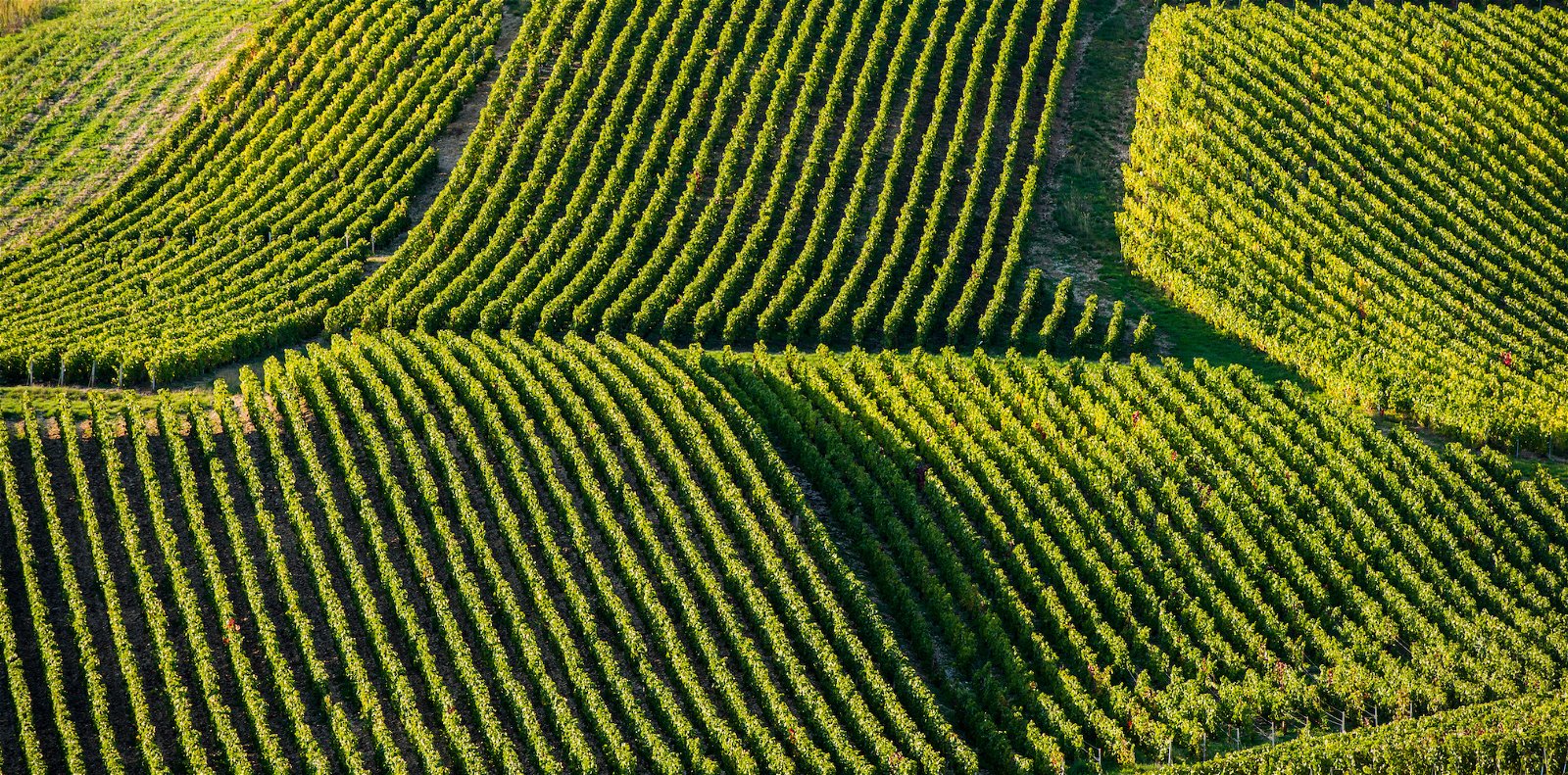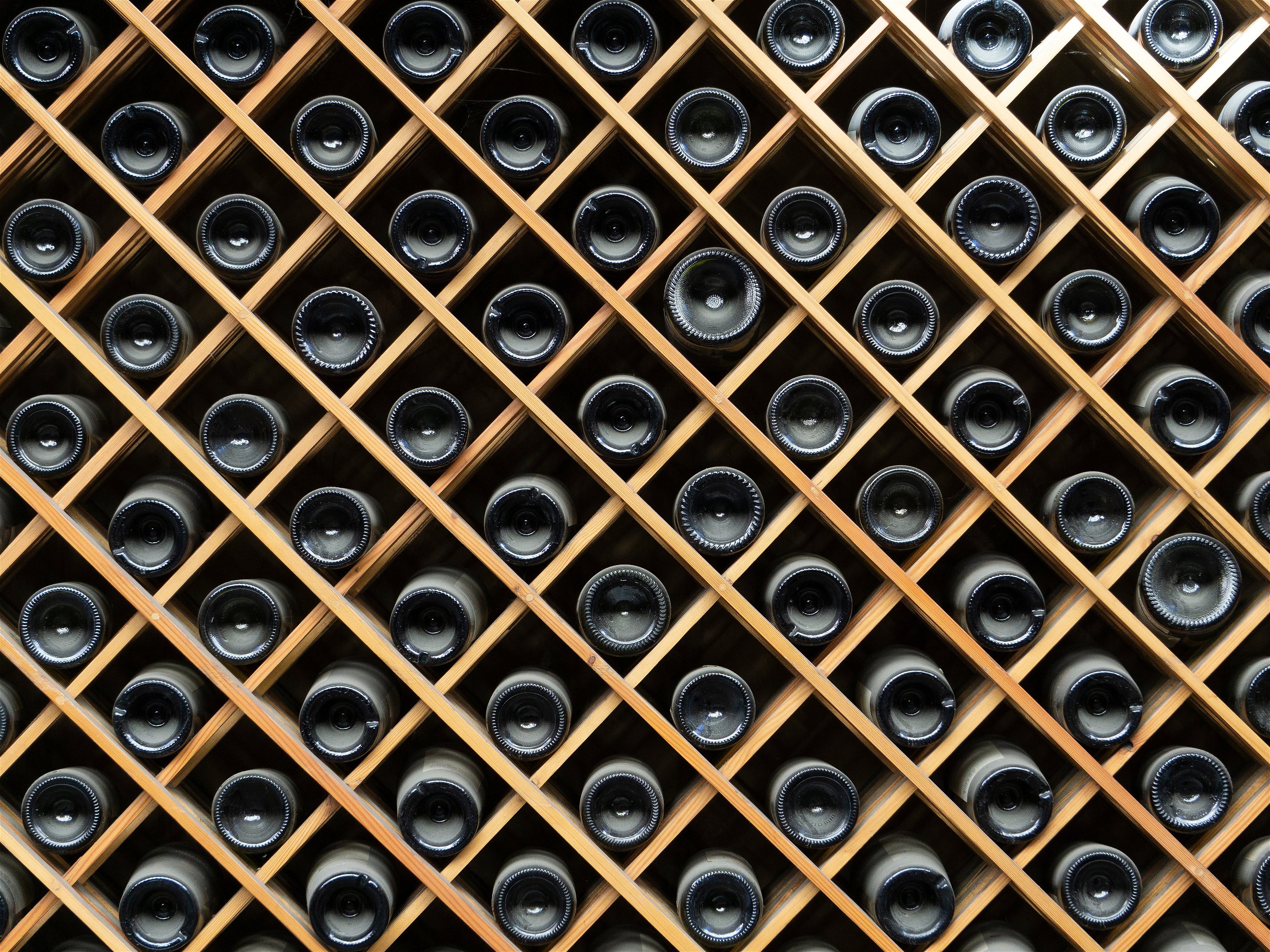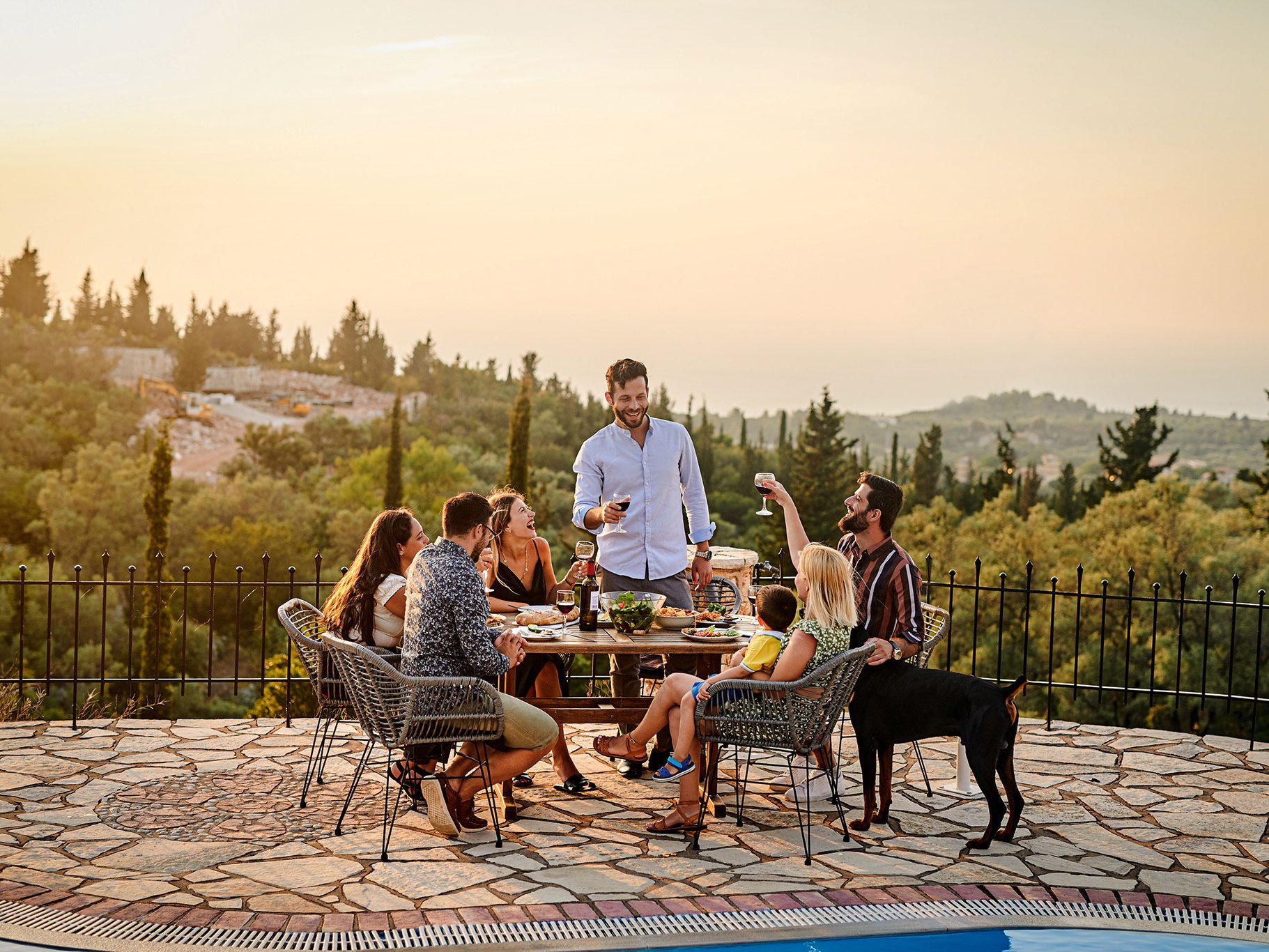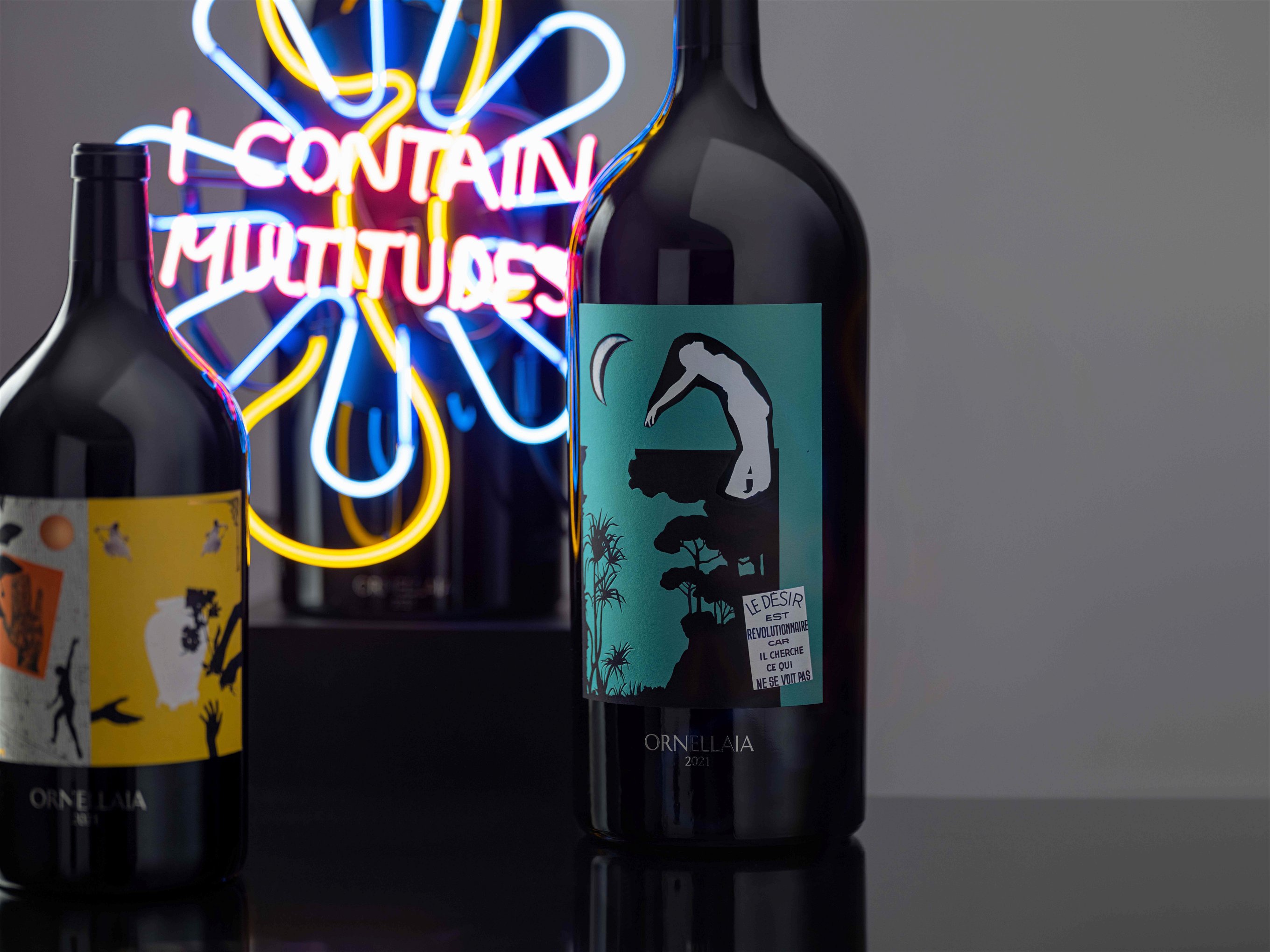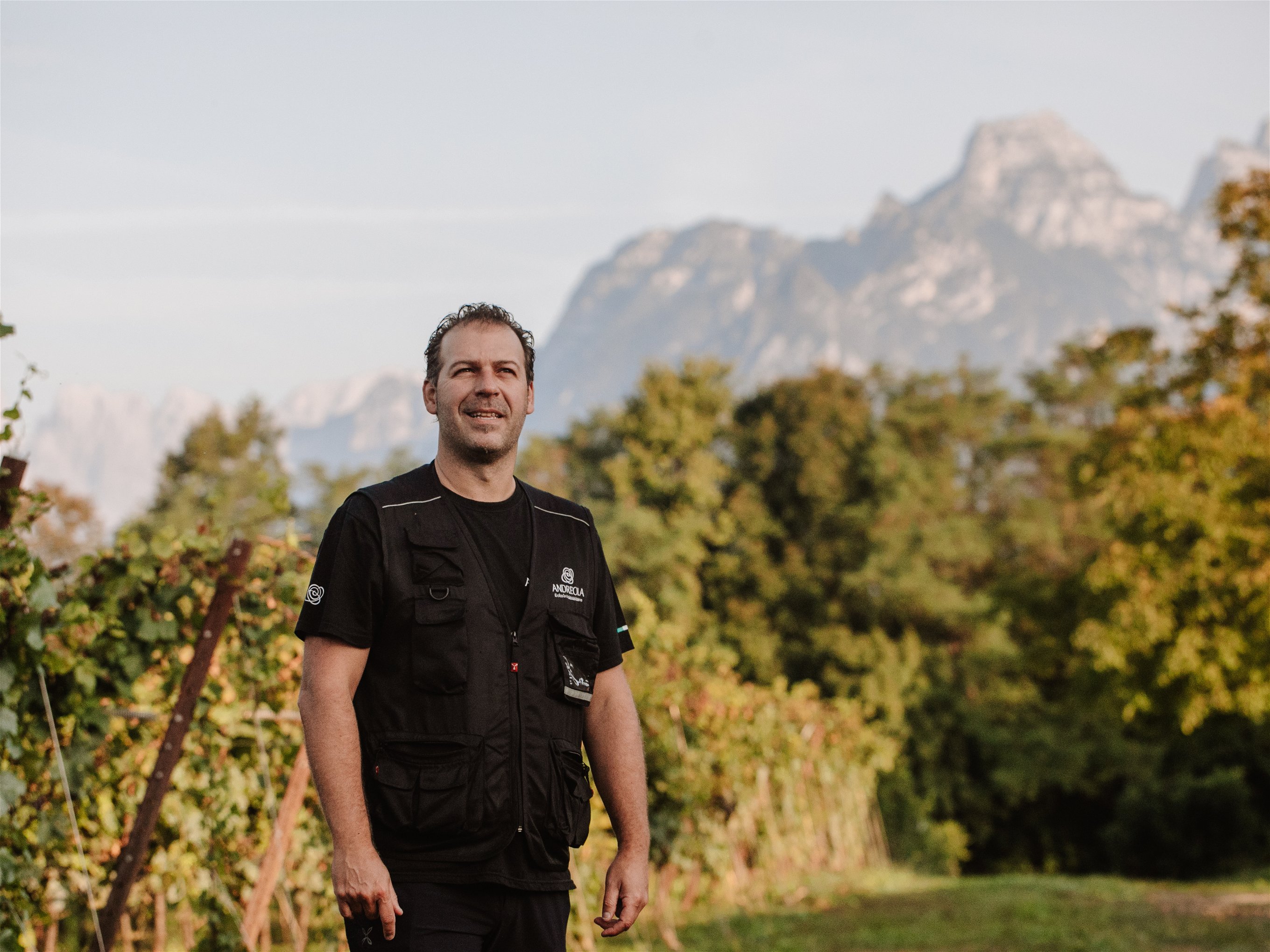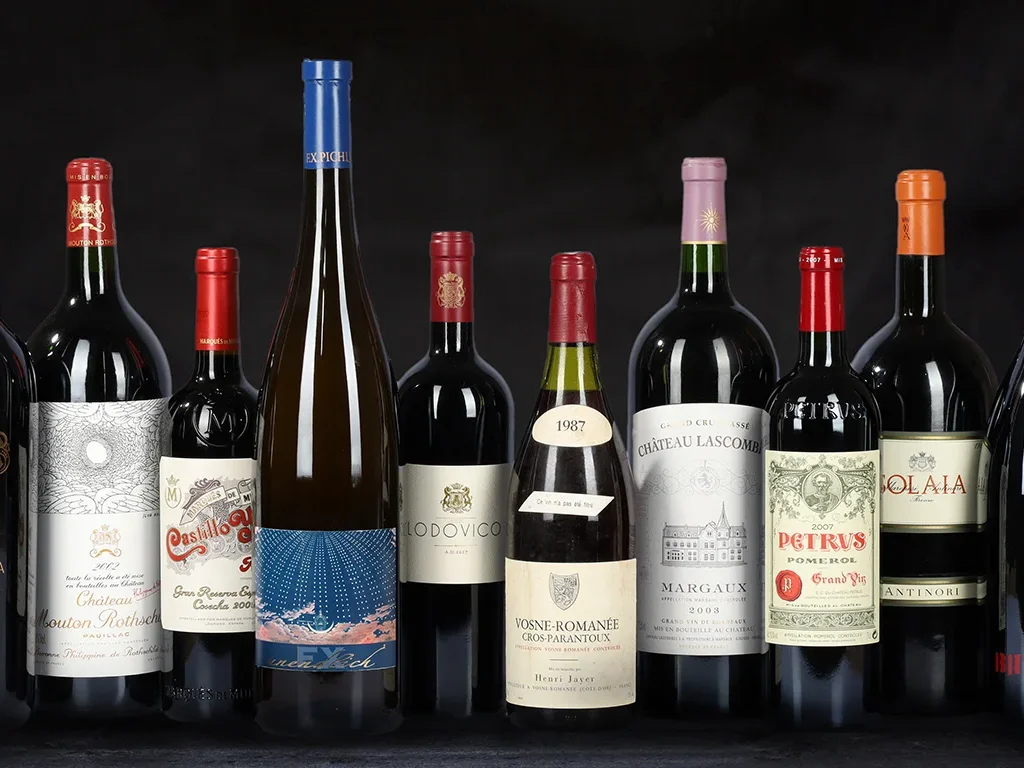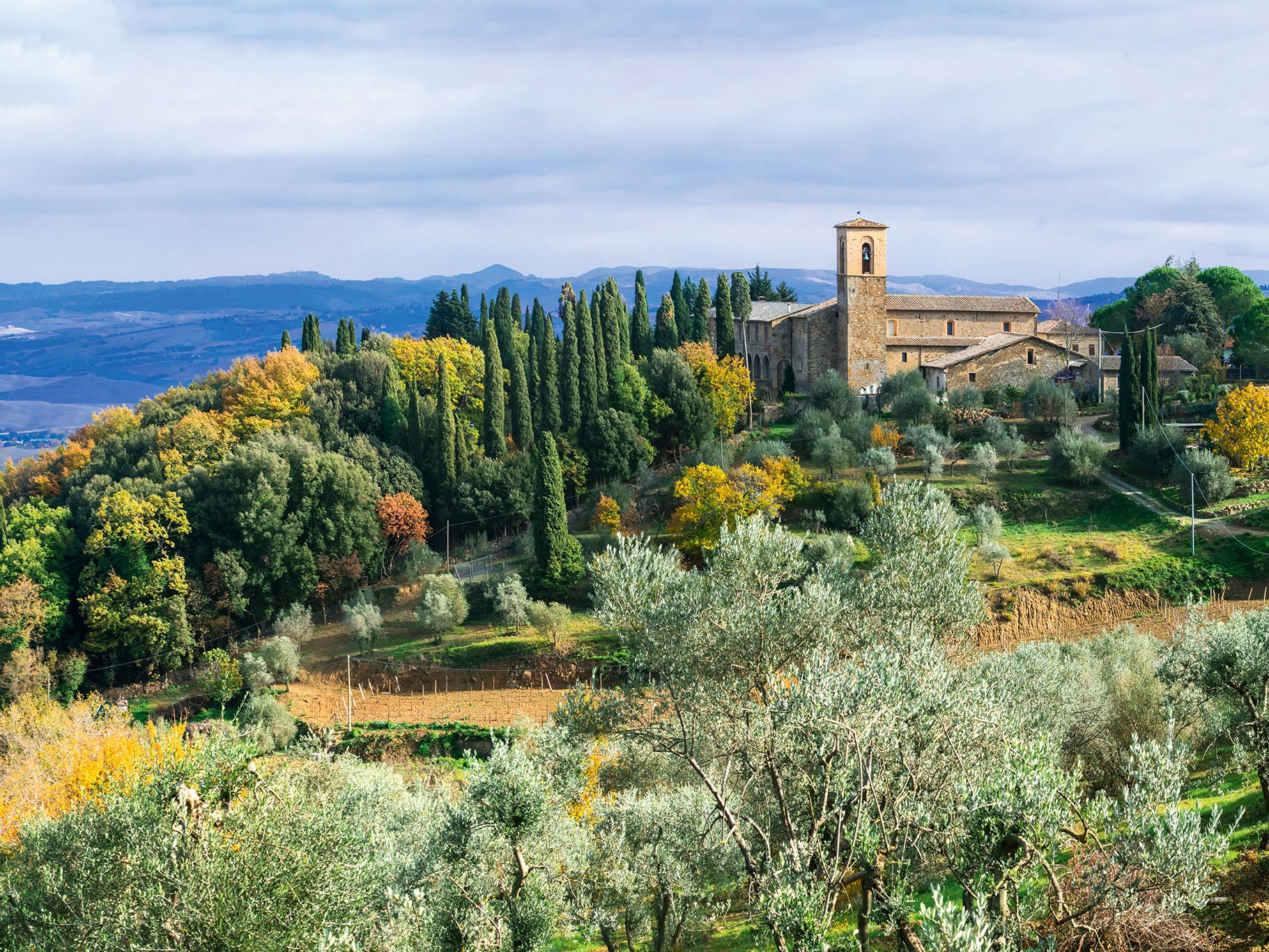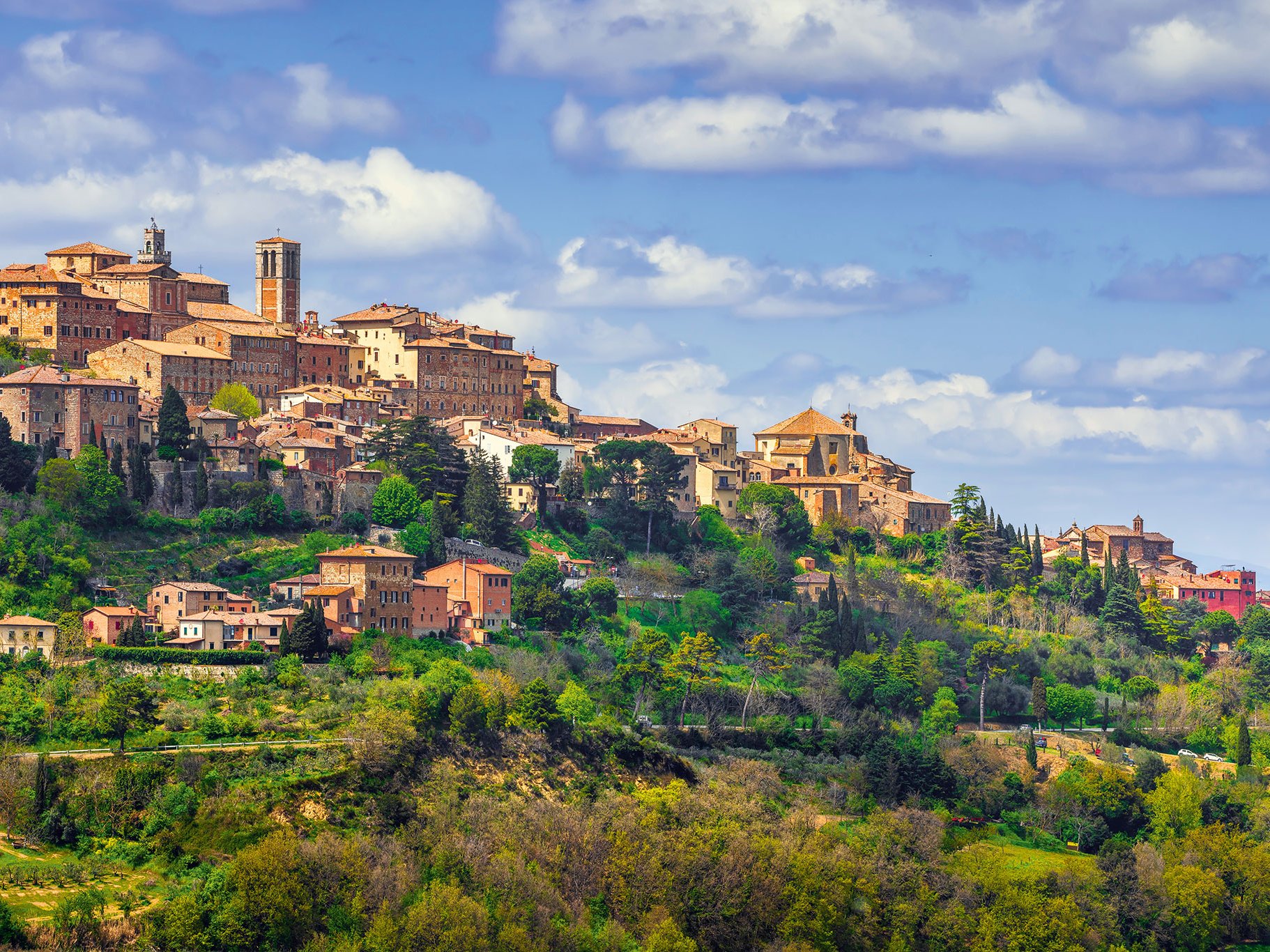The Central Valley supplies the "bread-and-butter wines" of American viticulture. It is not really a classic valley, as the name might suggest, but a gigantic basin that has an opening at Lodi in the direction of San Francisco Bay. This is also the coolest point of the valley, since some of the cold Pacific air can still penetrate up to here. The Central Valley is divided into two parts: the Sacramento Valley in the north, with little viticulture, and the San Joaquin Valley in the south, where viticulture is practiced on a large scale. To this day, the Central Valley is one of the most productive agricultural regions in the world, with production alone exceeding that of China until the 1990s. Wine is produced here on a large scale, primarily for inexpensive branded wines. The soils are sandy and dry and are irrigated by an irrigation system of rivers and canals with tributaries from the Sierra Nevada. Since the vineyards are almost flat and level, they can be worked and harvested very well by machine. Some very big wineries also operate here, at least in terms of size and output. The largest of these is Ernest & Julio Gallo, which alone produces several hundred million bottles of wine per year. Other famous names are Mondavi's Woodbridge Winery or Delicato Family Vineyard. Whether white or red, all typical grape varieties for California are grown here. A particular specialty is the "Blush", a semi-dry rosé wine made from Zinfandel, which is usually quite sweet in taste. The Central Valley is also a centre of American raisin production.
